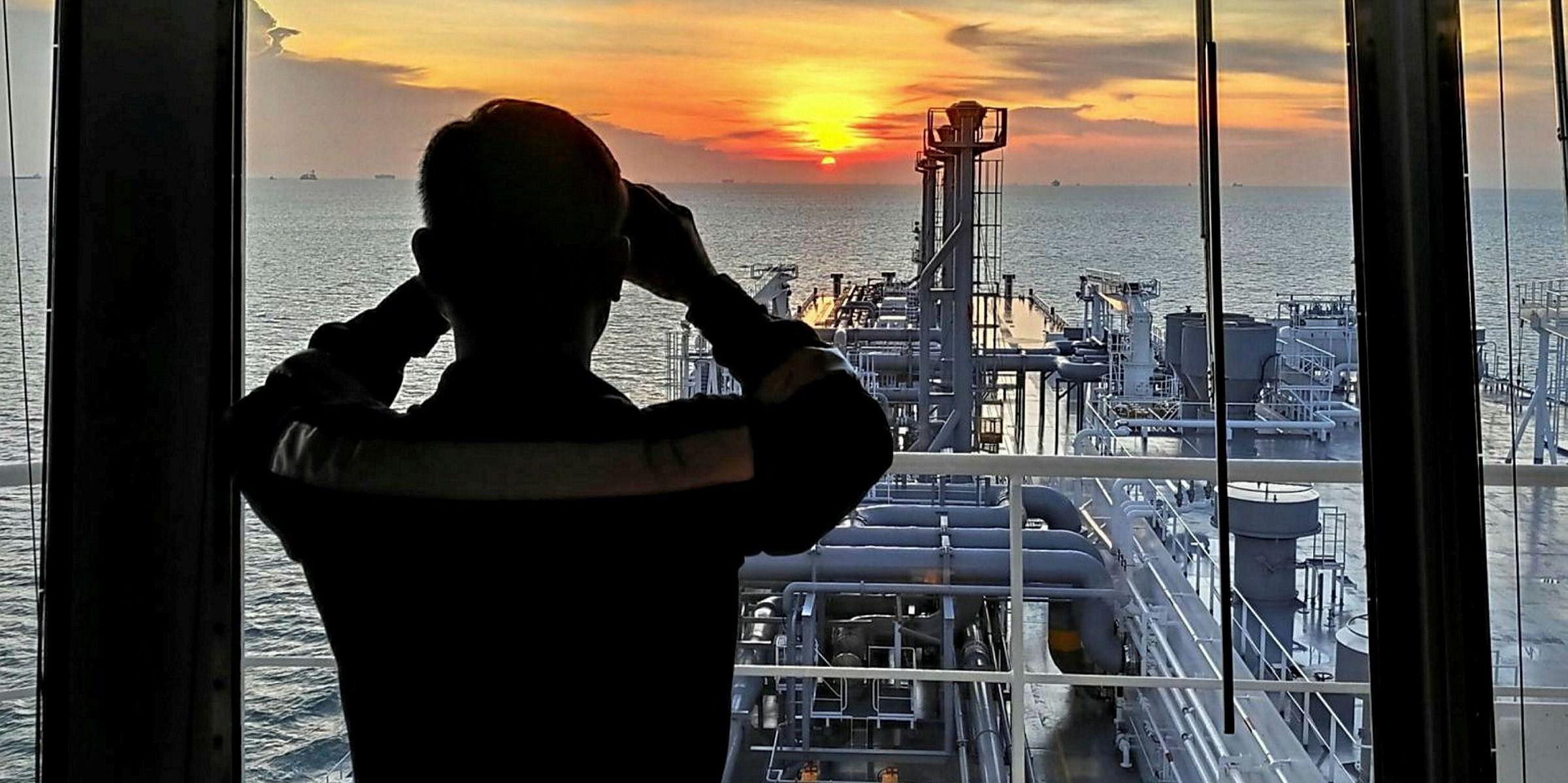GasLog chairman Peter Livanos has been vocal about the unique challenges facing LNG carriers.
The vessels have a design life of 30 to 35 years, which puts the next generation of newbuildings beyond the IMO’s 2050 emissions targets.
GasLog head of sustainability Richard Sadler told TradeWinds: “It is a real challenge to know how we move forward in our next set of newbuildings.”
He said the shipowner did its “absolute best” with its most recent X-DF LNG newbuildings, and points to its sustainability report, which details the CO2 emissions for each of its vessels.
The world will need more LNG carriers, and GasLog wants to be “part of that story”, he said, “but we don’t want to end up with technical redundancy”.
Combination of technology and fuel
Chief operating officer Paolo Enoizi said the solution will be a combination of the technology installed and the choice of fuel.
He revealed that GasLog has been working on LNG fuel cells for some time, and has looked at early concepts of fuel-cell technology for hydrogen.
“We are trying to understand how to use fuel cells and how we could retrofit them on our other generation of ships,” he said.
He pointed out that these are not zero-emission solutions, but said the time to market for this technology could be interesting for the company in the relatively near future.
GasLog is also looking at air lubrication and wind assistance. “If the technology works, then [we] will look at installing it,” Enoizi said, but he admitted that choosing the next fuel remains “a bit blurred”.
Enoizi said the IMO will eventually have to agree on all the many different proposals put to it by industry associations, but it is difficult to expect the 2050 emissions target to be met by industry if it is dissipated into different initiatives.
“Even large groups like Wartsila and Rolls-Royce probably need to team up with others to get significant breakthroughs,” he said. “How do you stimulate the industry to come up with what eventually will be the right combination? It is not directly for us to solve, but maybe we can be a part of it.”






